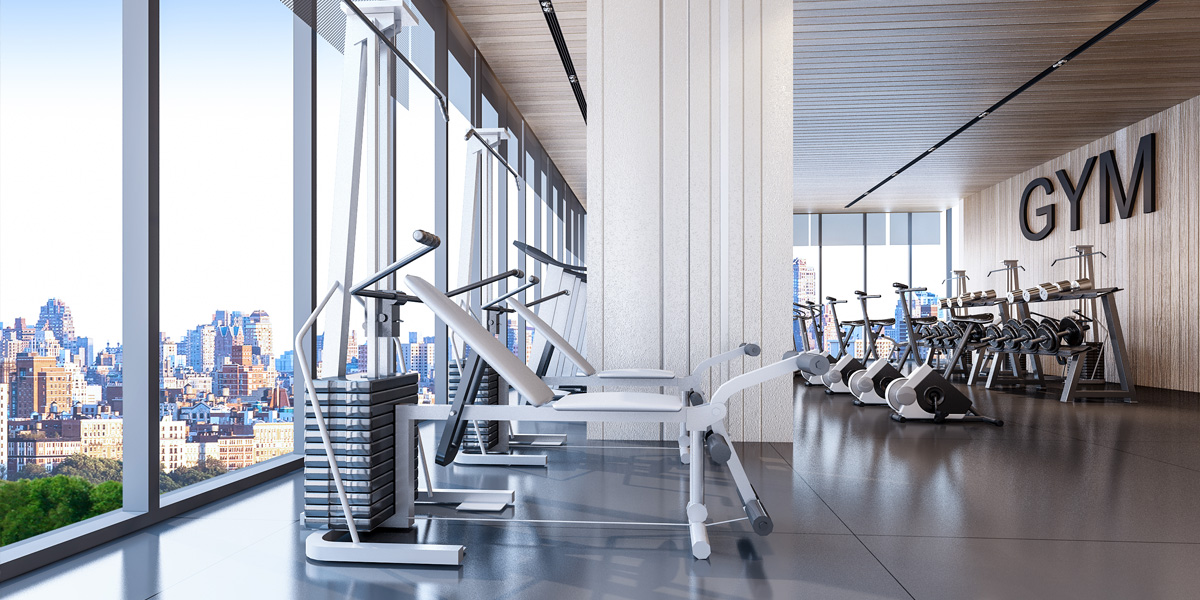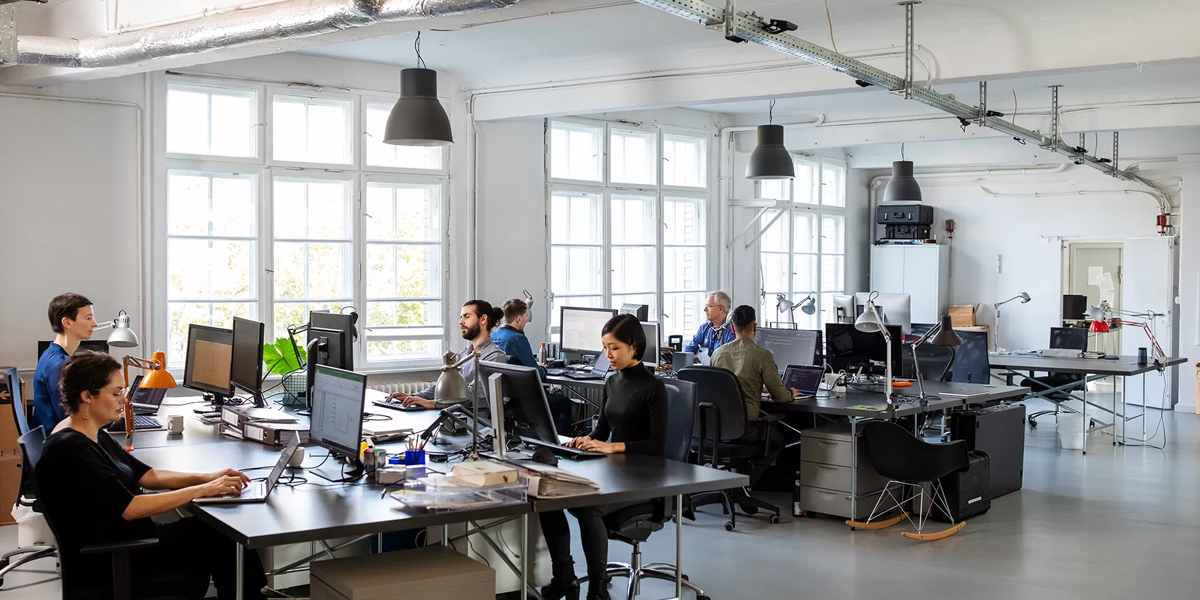Design Trends for Restaurants
In the restaurant industry, the customer’s experience is key to success. This includes not only the quality and variety of the food being served, but also the ambiance, lighting, service, and overall design of the restaurant. In recent years, there have been a number of restaurant design trends that have emerged, such as the use of Scandi and industrial design elements, communal seating, and a focus on eco-friendly and sustainable features.
Additionally, many restaurants have adapted to the rise of home delivery services, offering their own meal kits or partnering with third-party delivery apps like Uber Eats or Zomato. This has opened up new opportunities for restaurants to reach customers in their own homes and expand their business beyond their physical location.
As the restaurant industry continues to evolve, it will be important for restaurants to stay up-to-date with the latest design trends and innovations in order to create a unique and memorable experience for their customers.
Communal seating
Restaurants are moving away from traditional seating arrangements where diners may have to grab seats from neighboring tables to make way for larger groups. Instead, many restaurants are embracing communal seating arrangements to encourage social interaction among customers. This not only creates a more sociable atmosphere but also allows restaurants to accommodate more diners in less space.
Communal seating can be exciting experience for many customers, who may end up striking up conversations with strangers and forming new connections. But it’s not all about communal dining., restaurants are also offering more flexible seating options such as two-seater tables for couples and larger tables for families. This allows customers to choose their preferred seating arrangement based on their dining needs and preferences.
Overall, the focus is on creating a comfortable and welcoming environment for diners that encourages social interaction and fosters a sense of community. By embracing flexible and innovative seating arrangements, restaurants can cater to a wider range of customers and create a unique dining experience that sets them apart from the competition.
Open kitchens
Open kitchens give diners a behind-the-scenes view of the cooking process and add to the overall dining experience. It have become increasingly popular in restaurant design as customers want to see the cooking process and interact with the chefs. This also adds a level of transparency to the dining experience and allows customers to see the ingredients and techniques used in their meals. Open kitchens can also add to the atmosphere of the restaurant by creating a lively and bustling environment. However, it’s important to consider the ventilation and noise levels when designing an open kitchen to ensure the comfort of both customers and staff.
Natural elements and recycled interiors for eco credentials
Creating a connection with nature that can be calming and soothing for customers. Incorporating natural elements such as wood, stone, plants, and water features into the design can help create a relaxing and inviting atmosphere. The use of natural lighting and large windows to let in natural light can also help to create a more open and airy feel.
That wood you’re using for your restaurant design – if it happens to be sustainable or recycled, then even better! And if your décor has been picked up from antique outlets or salvaged from a junk store then you really are quid’s in. It all fits in nicely to the industrial restaurant design theme, which is still incredibly popular these days (and not just amongst millennials). You are bound to get extra points from your customers for your ‘sustainable’ values too.
Colours to add warmth
To add a cozy and inviting feel to a restaurant, the use of jewel colors such as fuchsia, saffron, teal blue, and burgundy is a trend that is expected to continue this year and beyond. These warm colors can be incorporated not only on the walls but also on the serving dishes and menus, bringing a vibrant and exotic touch to the restaurant design. Patterned and colorful serving plates are especially popular for serving spicy dishes from Indian or Thai cuisine.
‘green’ = health
Restaurants with a focus on healthy eating and vegan options are incorporating a lot of greenery and plants into their interior design to create a natural and fresh atmosphere. Some establishments even have herbs on the tables for customers to use, promoting a farm-to-table philosophy. The presence of plants also subtly communicates to customers that the food is nourishing and wholesome. Vertical gardens or living walls are also a popular design feature that adds life and visual interest to otherwise plain walls.
Technology and lighting to mediate mood
Lighting has always been important in restaurants as a means of creating ‘mood.’ You will be hard-pressed to find a new restaurant design or fit out this year that doesn’t incorporate LED. Their light curve is good, they are energy efficient and the quality of the light they produce is so much better than in the past when they were first introduced. Warm LEDs (bulbs which give of a yellow rather than blue tinged white light) are excellent for cosy atmospheres.





